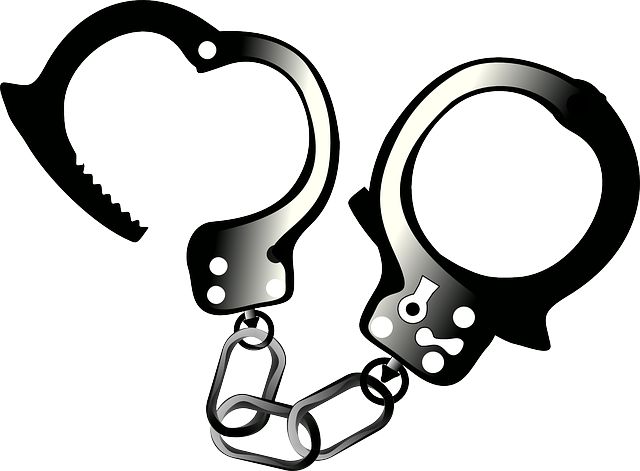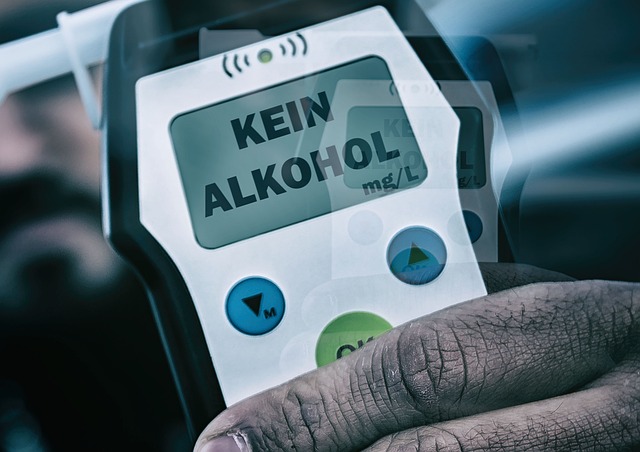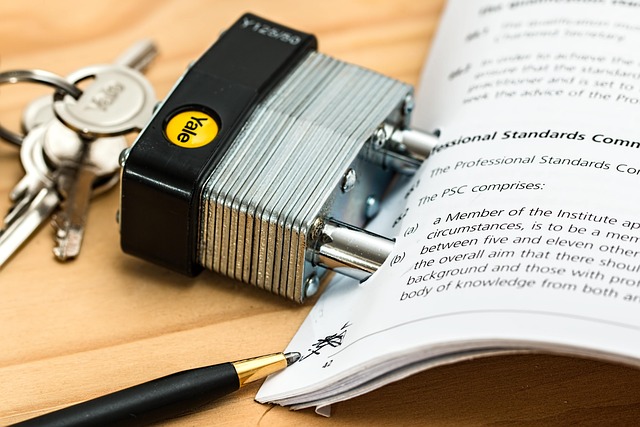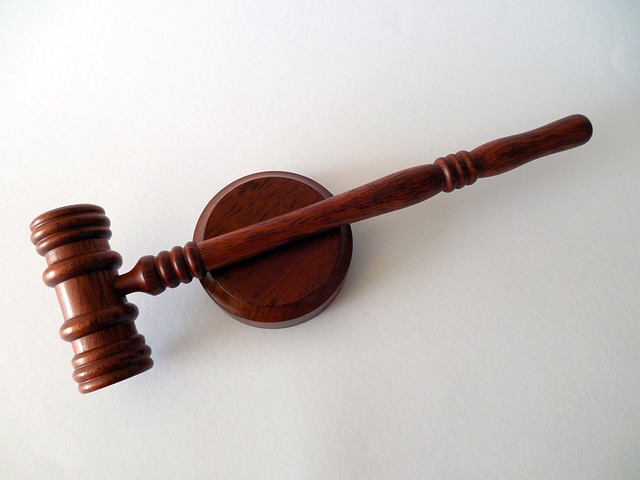Drunk driving incidents lead to substantial legal and financial consequences, including property damage repairs, medical bills, and increased insurance rates. Insurers reassess risk levels post-DUI conviction based on factors like offense severity, driver history, and local market dynamics. Mitigating Insurance Rate Adjustments after DUI involves maintaining a clean driving record, completing alcohol treatment programs, and promptly managing claims. Legal counsel is essential to navigate complexities and reduce future financial impacts associated with DUI convictions.
In the aftermath of a DUI (Drunk Driving Under Influence) incident, understanding property damage liability is crucial. This article delves into the intricate relationship between DUI and insurance rate adjustments, exploring how such incidents impact your policy costs. We dissect the assessment process insurers use to gauge property damage risk associated with DUIs and discuss legal implications for drivers involved. Additionally, we highlight mitigating factors that can reduce insurance rate adjustments post-DUI, providing resources for efficient claims management.
- Understanding Property Damage and DUI Liability
- The Impact of a DUI on Insurance Rates
- How Insurers Assess Property Damage Risk
- Legal Implications for Drivers in Property Damage Incidents
- Mitigating Factors: Reducing Insurance Rate Adjustments
- Resources for Support and Claims Management
Understanding Property Damage and DUI Liability

Property damage resulting from a DUI (drunk driving) incident can have significant legal and financial implications. When an individual is found guilty of driving under the influence, they may be held accountable for any harm caused to others or property during the incident. This includes compensation for damaged vehicles, medical bills, and other related expenses. The extent of liability often depends on various factors such as the severity of the crash, the value of the damaged property, and existing insurance policies.
In many cases, an individual’s DUI conviction can lead to substantial Insurance Rate Adjustments after DUI. Insurers may reassess risk levels and increase premiums due to the heightened perceived risk associated with DUI offenders. This is particularly true if the offender has a history of traffic violations or previous DUI convictions. Understanding these potential implications is crucial for individuals facing charges, as it highlights the importance of seeking legal counsel and taking proactive measures to mitigate future risks and insurance costs.
The Impact of a DUI on Insurance Rates

A Driving Under the Influence (DUI) conviction can significantly impact an individual’s insurance rates, leading to substantial increases over time. Insurance companies consider DUI as a high-risk factor due to the potential for repeated offenses and the associated financial burdens. When an insured person is charged with DUI, their insurance provider may review their policy and assess the risk of future claims based on this incident. As a result, many insurers implement insurance rate adjustments after DUI, charging higher premiums to offset the perceived elevated risk.
These adjustments can vary widely depending on several factors, such as the severity of the DUI offense, the driver’s history, and local insurance market dynamics. Repeated DUIs or multiple violations within a short period can lead to even more substantial rate hikes. Conversely, completing alcohol treatment programs or demonstrating a clean driving record post-DUI conviction may help mitigate these increases over time.
How Insurers Assess Property Damage Risk

Insurers carefully assess property damage risk when evaluating individuals for insurance coverage, especially after a DUI (driving under the influence) incident. Several key factors come into play during this assessment. Historical data and statistical analysis help insurers understand the correlation between DUI offenses and higher chances of property damage claims. This includes analyzing past claims made by similar profiles, such as age, gender, and location, to predict future risk accurately.
Additionally, insurance rate adjustments after DUI are determined by considering the severity and frequency of previous accidents or incidents linked to the applicant. A history of property damage or personal injury caused by drunk driving significantly impacts insurance premiums. Insurers may also look at factors like recent DUI-related arrests, community service records, and participation in rehabilitation programs, as these can influence an individual’s risk profile and potential for future claims involving property damage.
Legal Implications for Drivers in Property Damage Incidents

In the aftermath of a property damage incident involving a driver under the influence (DUI), legal implications can significantly impact the driver’s future. The primary concern is civil liability, where the DUI driver may face hefty damages for any property losses or injuries caused to others. This includes potential insurance rate adjustments after DUI convictions, which can dramatically increase premiums due to the higher risk perceived by insurance companies.
These legal ramifications also extend to criminal charges, with severe penalties including fines, license suspension, and even imprisonment. The severity of these outcomes underscores the importance of taking responsibility for one’s actions and seeking legal counsel to navigate the complex web of property damage DUI liability.
Mitigating Factors: Reducing Insurance Rate Adjustments

When facing charges for a DUI (Driving Under the Influence), one often considers the potential legal and financial consequences, including possible property damage liability. However, it’s also important to understand that there are mitigating factors that can help reduce Insurance Rate Adjustments after a DUI conviction. These adjustments, which increase your insurance premiums, are determined by insurers based on risk assessment.
Factors such as your driving record before the incident, the severity of the property damage caused, and whether there were injuries involved can significantly impact these adjustments. Maintaining a clean driving record post-DUI, participating in defensive driving courses, and demonstrating responsible behavior can all work towards mitigating these rate increases. Additionally, being proactive in repairing or replacing damaged property promptly can also positively influence your insurance company’s assessment of risk, potentially keeping those Insurance Rate Adjustments after DUI to a minimum.
Resources for Support and Claims Management

After a DUI (Driving Under the Influence) conviction, individuals often face significant challenges in managing claims related to property damage caused during an accident. The first step is to gather all necessary information and evidence, including police reports, medical records, and witness statements. This comprehensive data is crucial for accurately assessing the extent of property damage and determining liability.
There are various resources available to support individuals navigating these complex issues. Many insurance companies offer dedicated claims management services, ensuring a structured process for filing and tracking claims. Additionally, legal aid organizations provide guidance on understanding insurance policies and rights, which can be invaluable when dealing with potential Insurance Rate Adjustments after DUI. These adjustments, often triggered by a conviction, can impact future insurance costs, making professional assistance beneficial in negotiating fair settlements.
Understanding the interplay between property damage and DUI liability is crucial for drivers aiming to navigate potential insurance rate adjustments. By grasping the impact of a DUI on insurance costs, recognizing how insurers assess risk, and being aware of legal implications, individuals can better manage their claims and mitigate financial consequences. Moreover, exploring mitigative factors and utilizing available resources can significantly reduce insurance rate adjustments post-DUI, fostering a more responsible and informed approach to driving.






